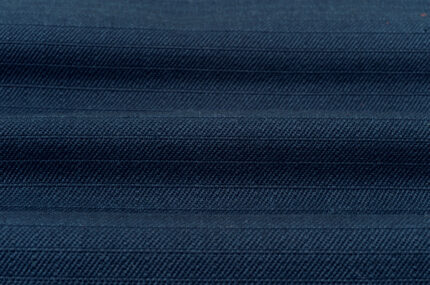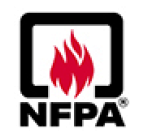ORIGIN
This first edition consolidates three standards: NFPA 1951, NFPA 1977, and NFPA 1999.
STRUCTURE OF THE STANDARD
This standard has 4 chapters of general information and requirements applicable to the entire standard (chapter 4). 3 blocks of 5 chapters for each type of product and a single chapter for multifunctional protection sets.
Point 1.3 helps users to locate the specific content of each of the combined standards.
The requirements applicable to NFPA 1977 are found in Chapters 1 through 3, 15 through 19 where they include changes from the last edition of the NFPA and Annexes A, B, and D
SCOPE
This standard provides minimum requirements for the design, performance, testing, and certification of technical rescue protection assemblies for use by emergency services personnel; new single-use and multiple-use protective clothing for emergency medical operations used by both emergency medical personnel prior to their arrival at healthcare facilities and by first medical recipients in healthcare facilities, and additionally, clothing and protective items for forest and urban interface firefighting as well as items for cargo transport equipment.
PURPOSE
The purpose of this standard is to specify the minimum levels of protection for emergency services personnel in search, rescue, treatment, decontamination, recovery, site stabilization and similar operations in technical rescue incidents; emergency service personnel and first medical recipients of airborne and liquid-borne pathogens and, from contact with bloodborne and bodily fluid-borne pathogens for personnel providing care to patients during emergency medical operations; against the adverse environmental effects faced by personnel carrying out forest firefighting and urban



